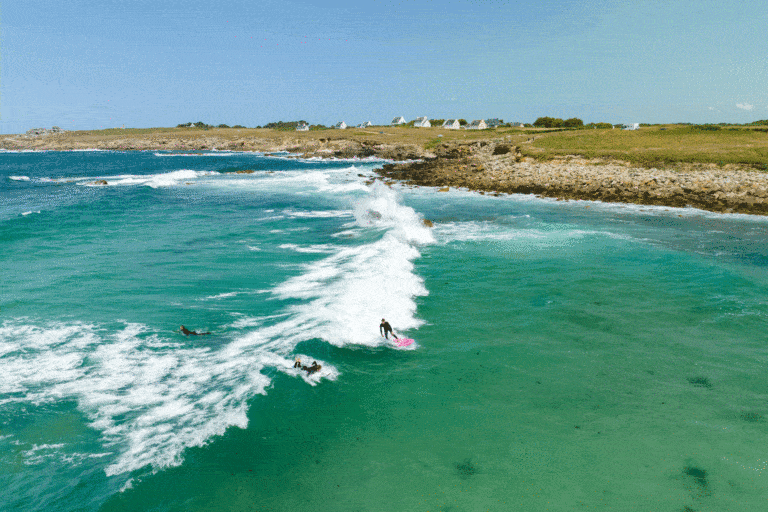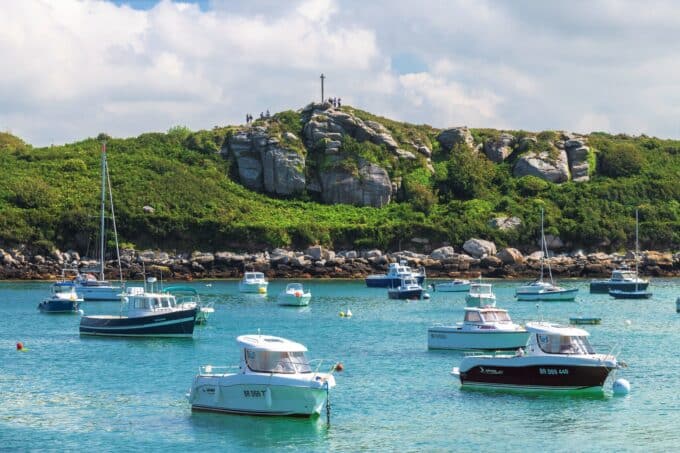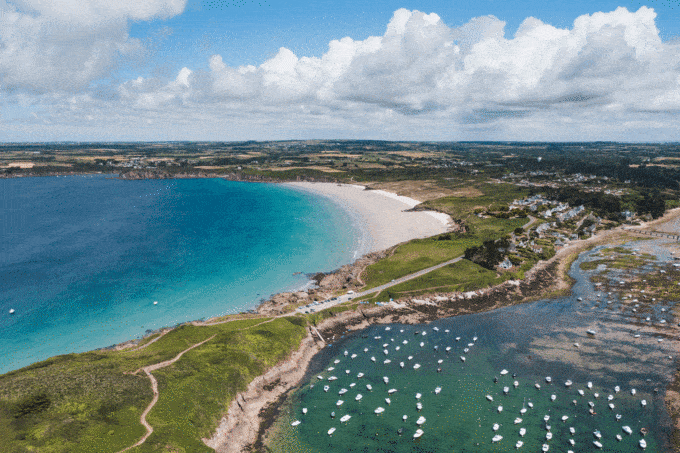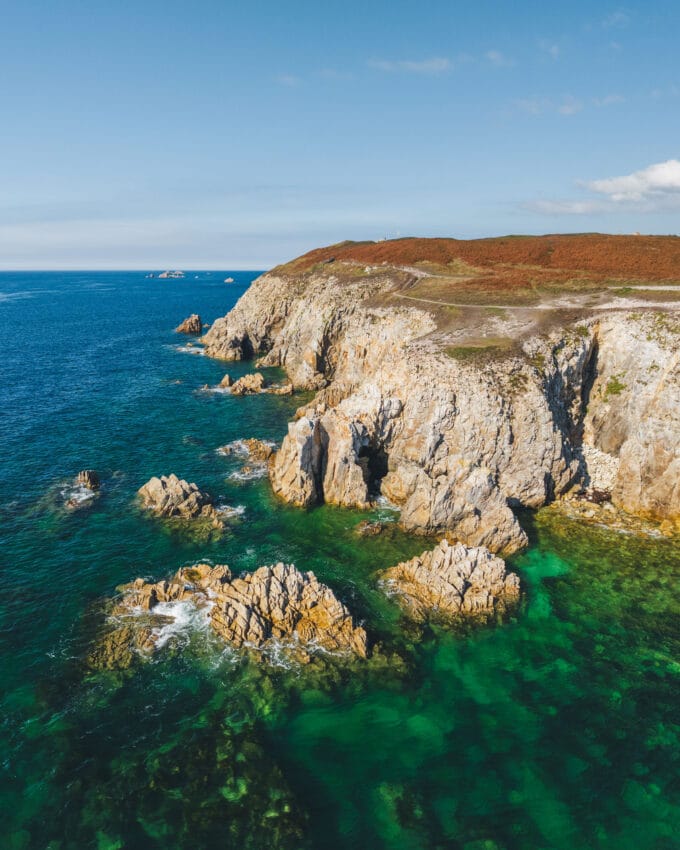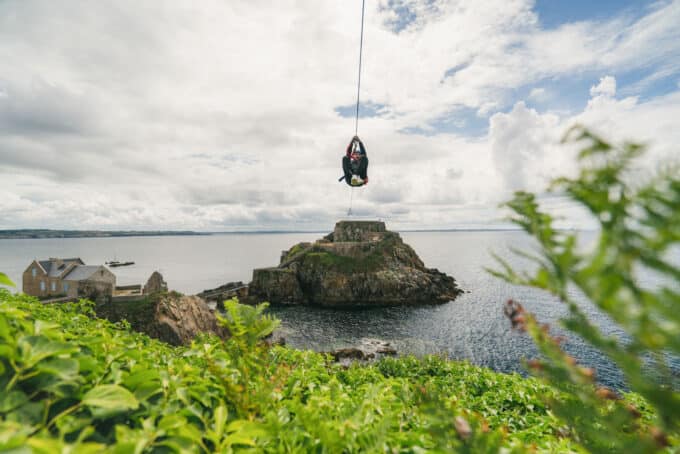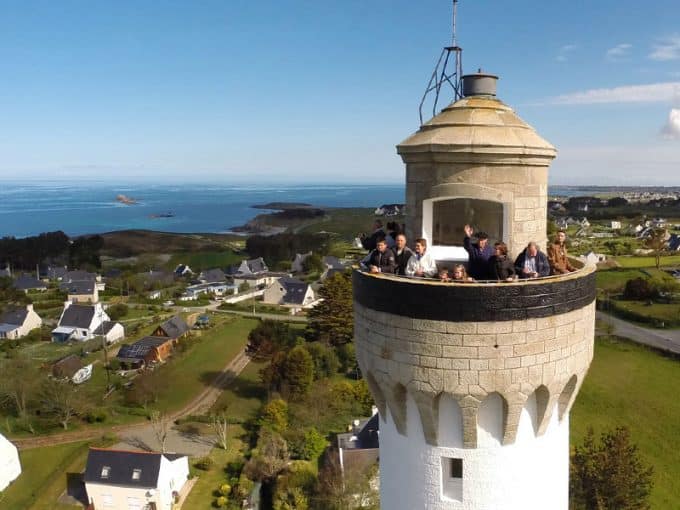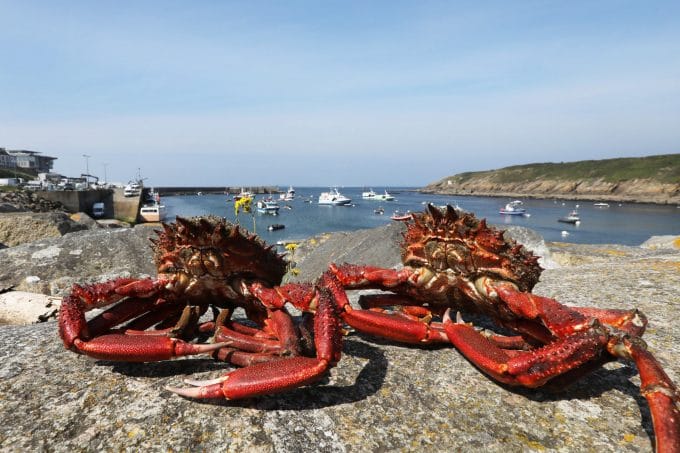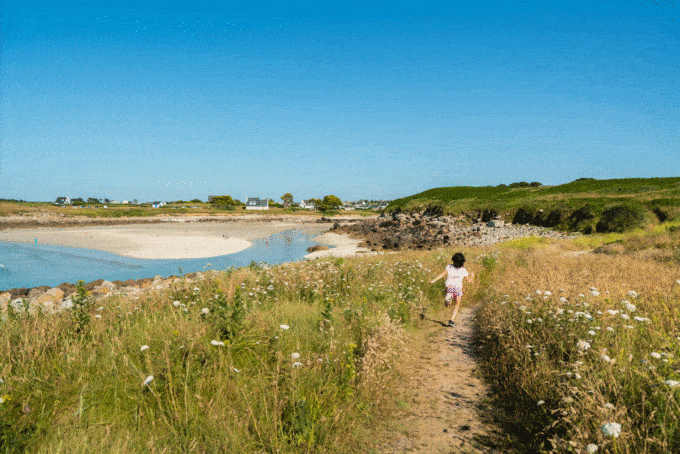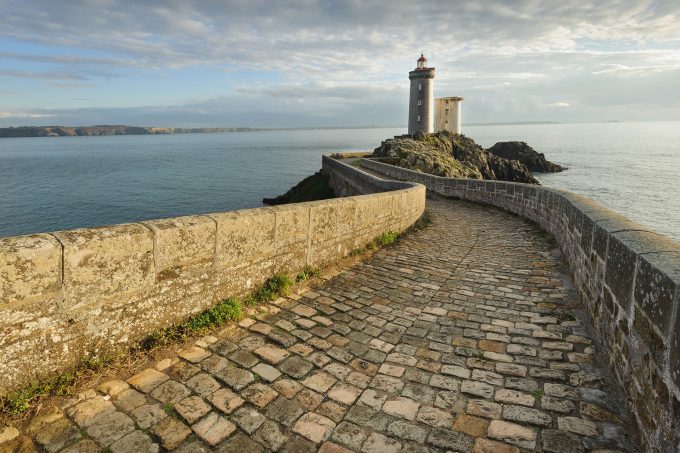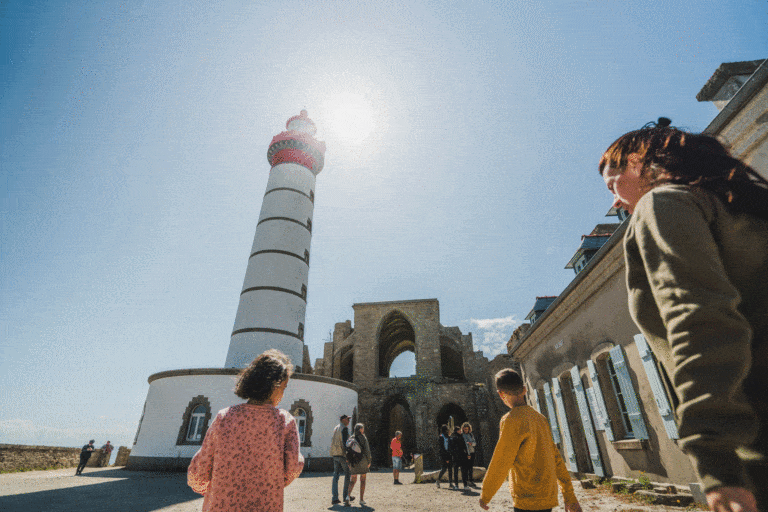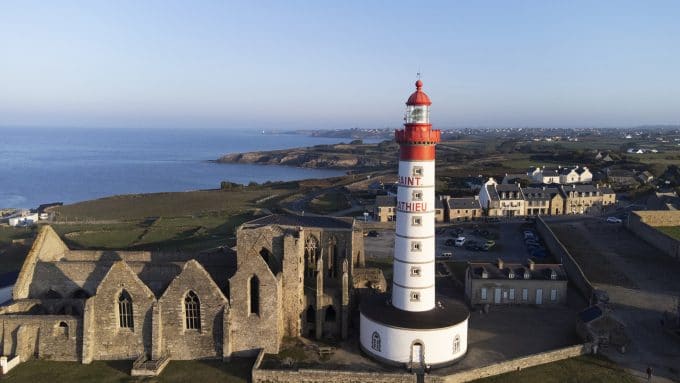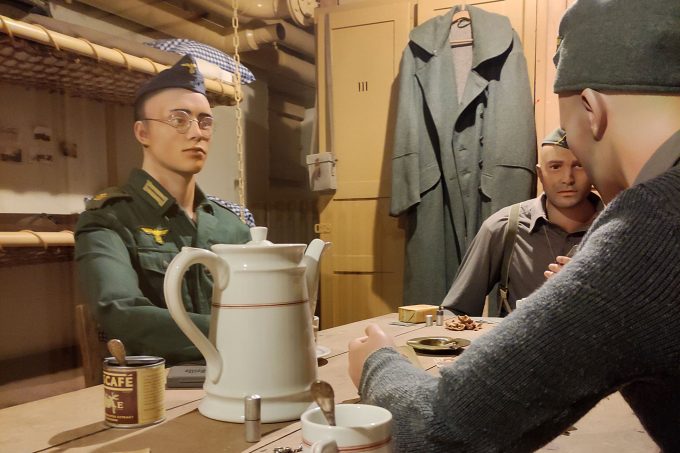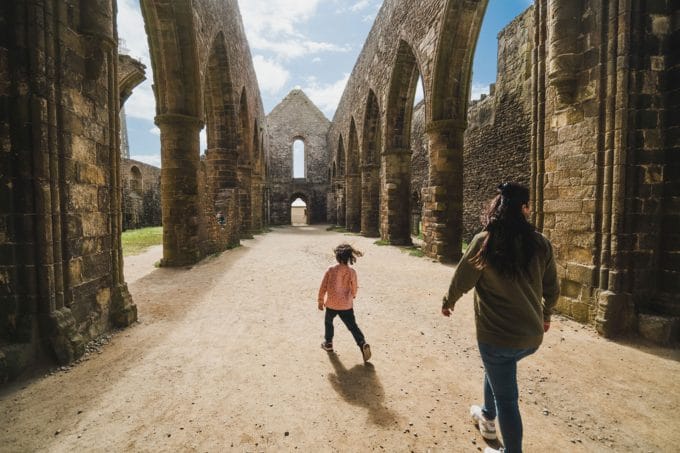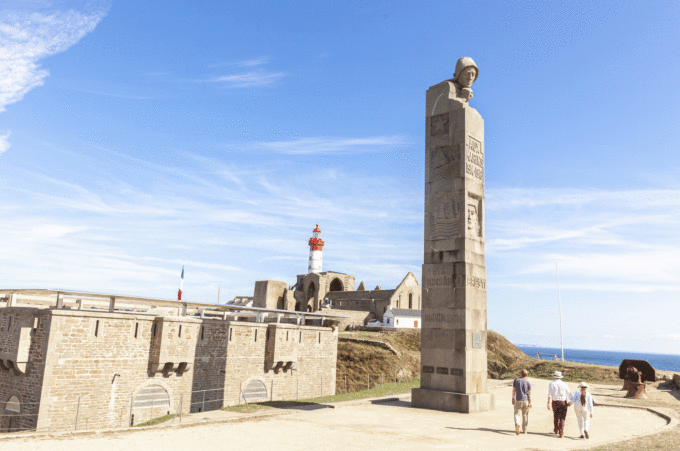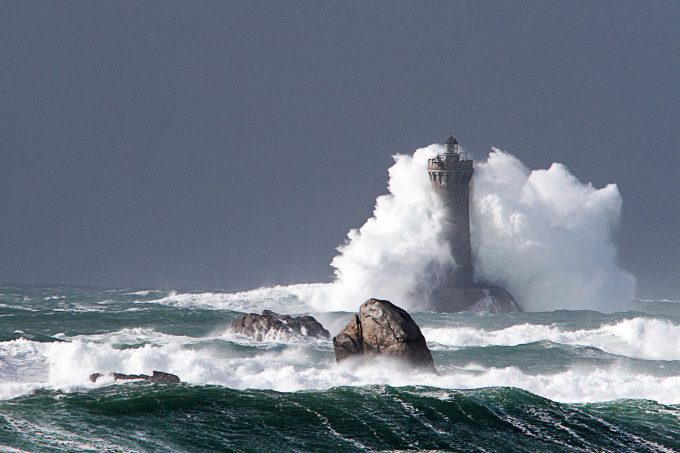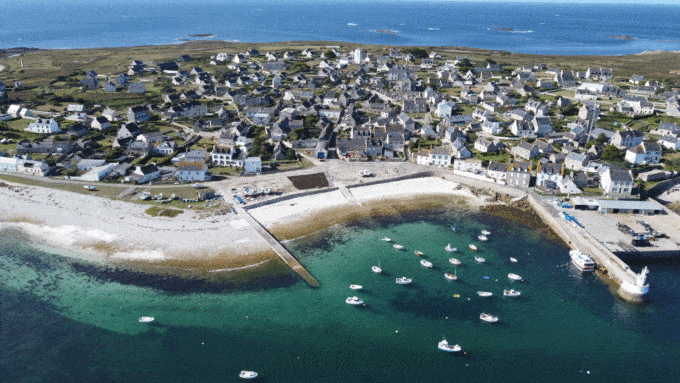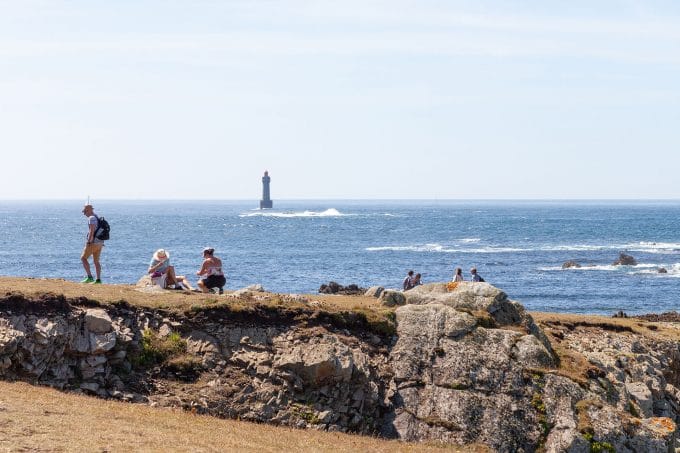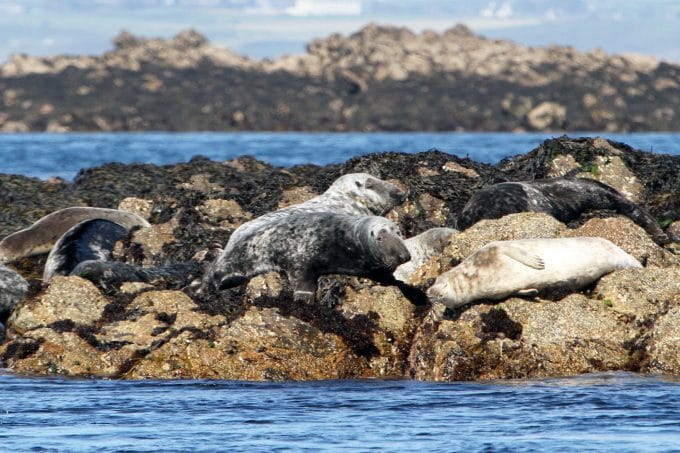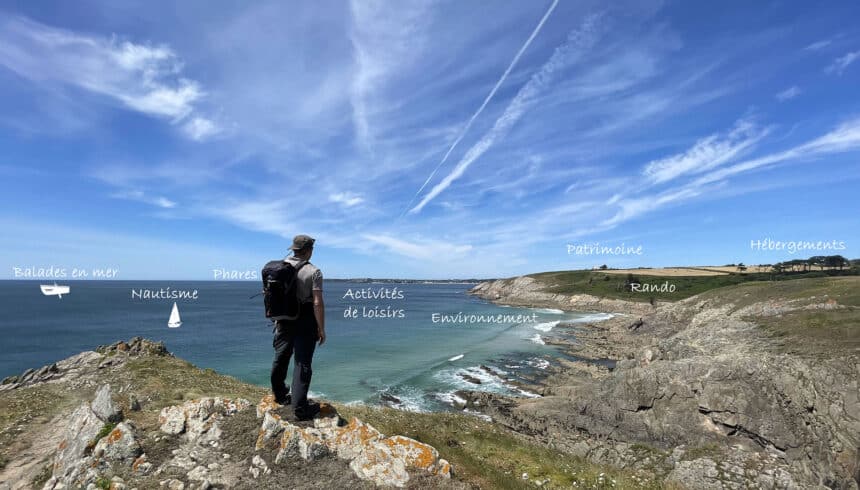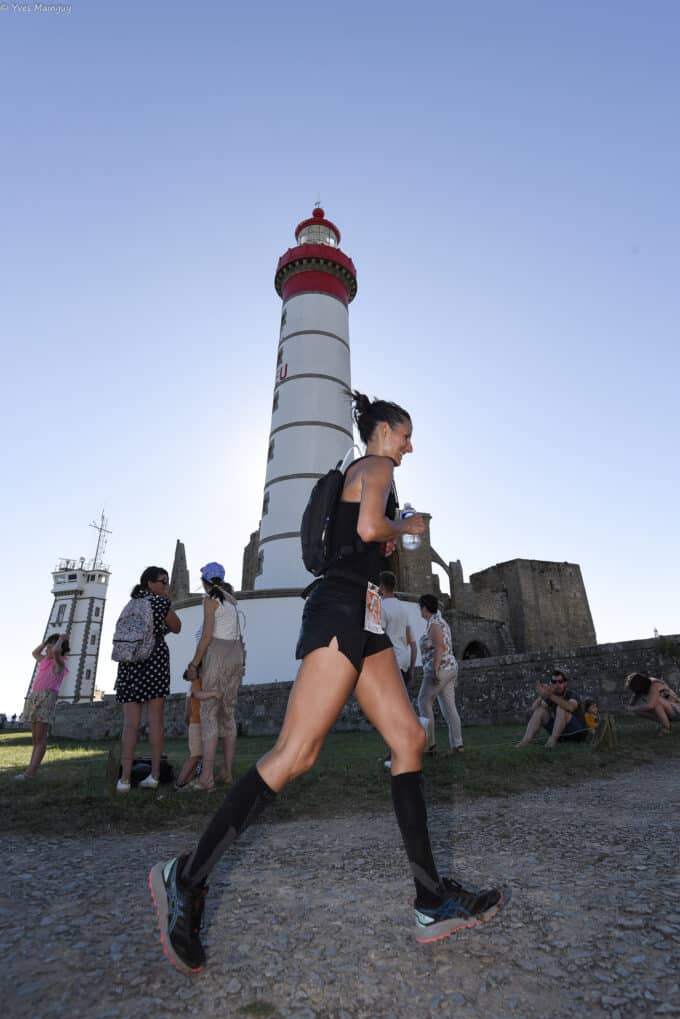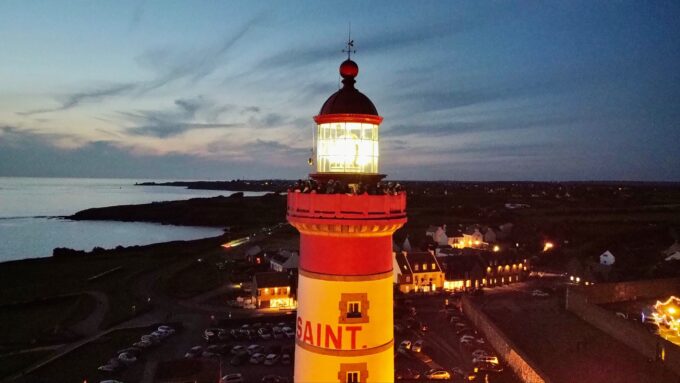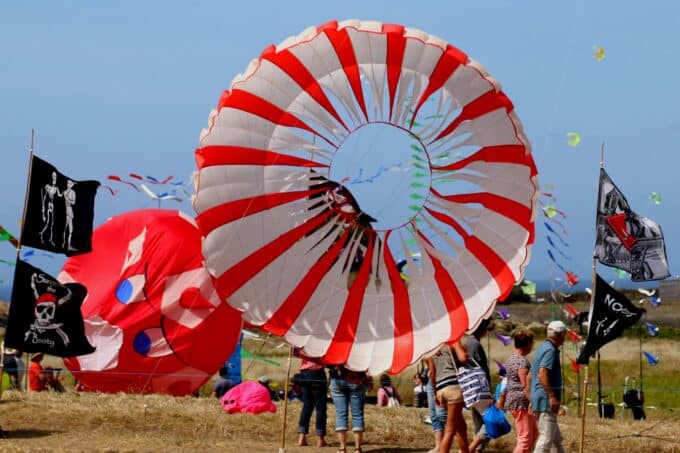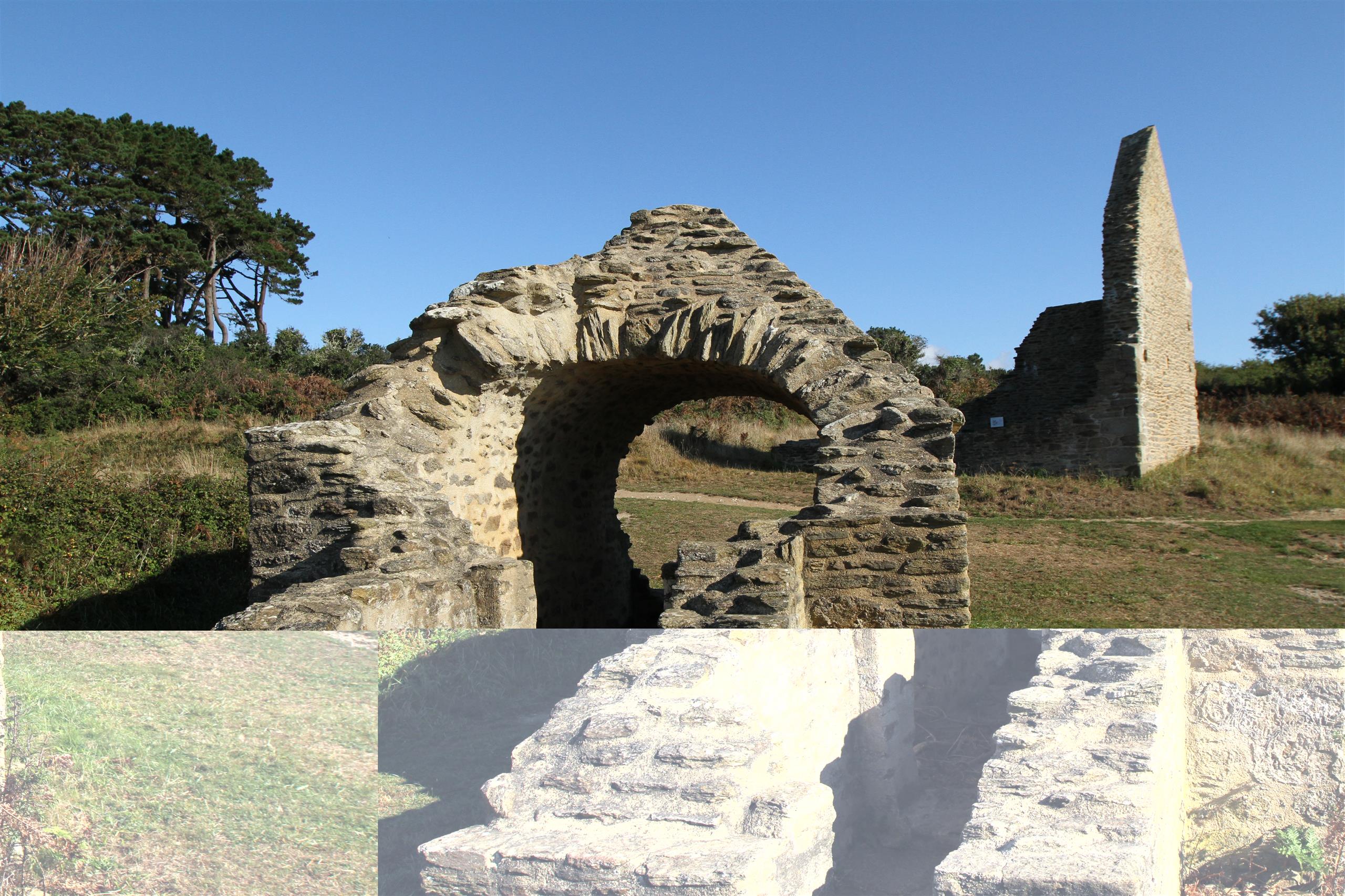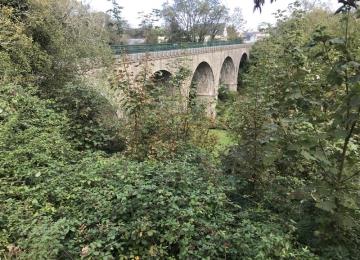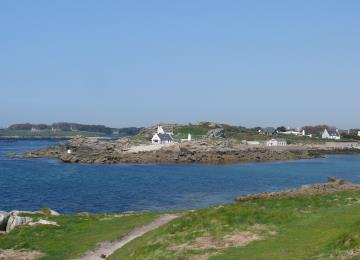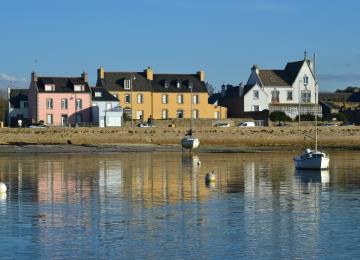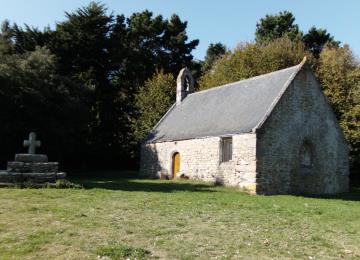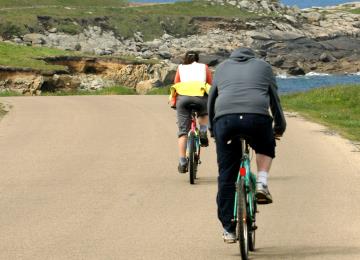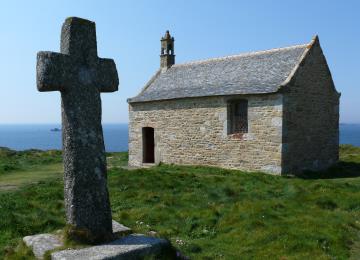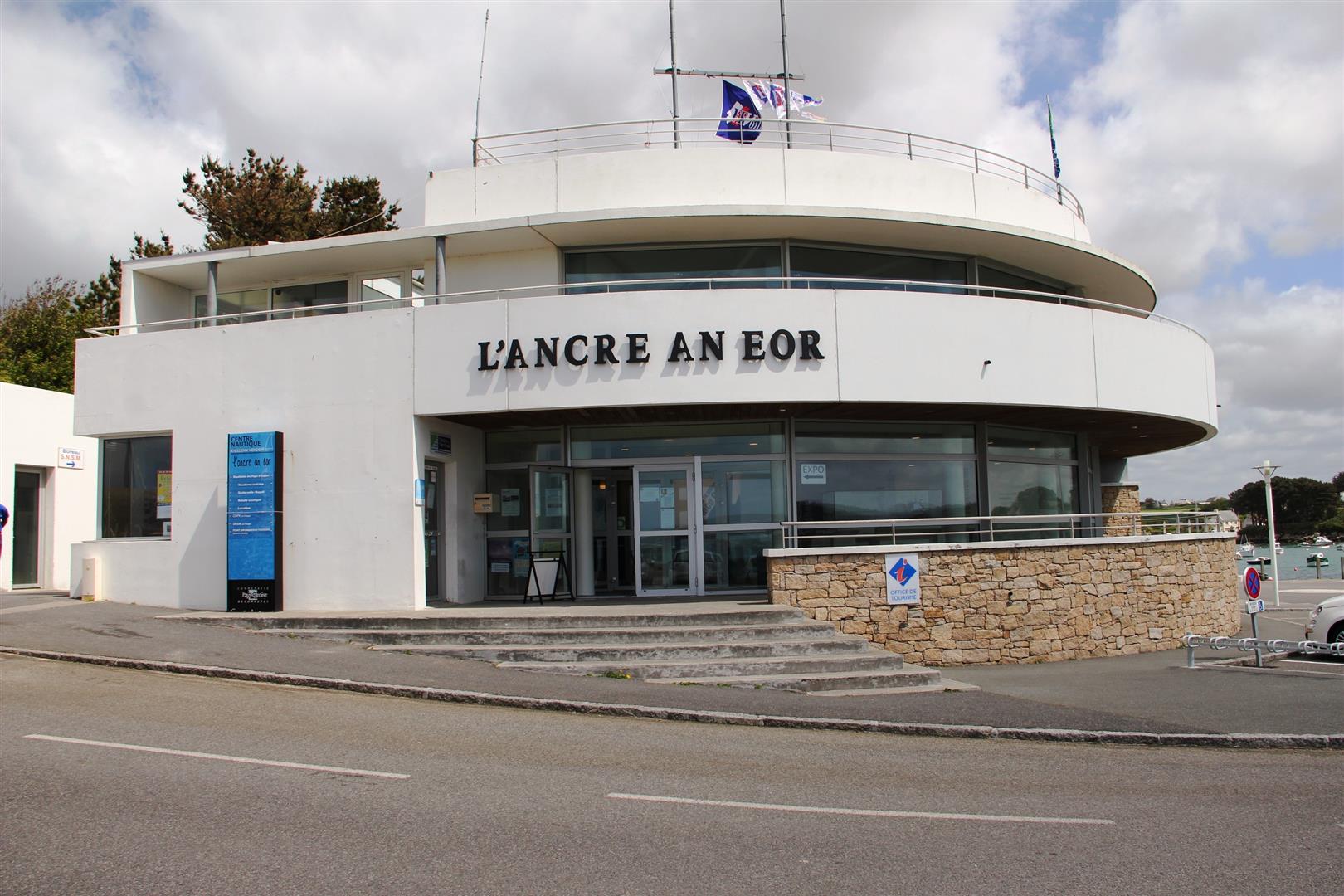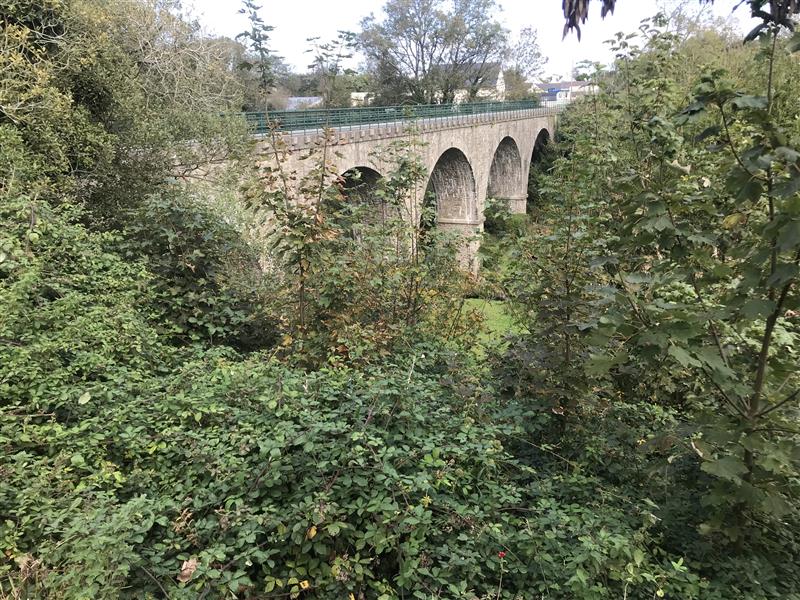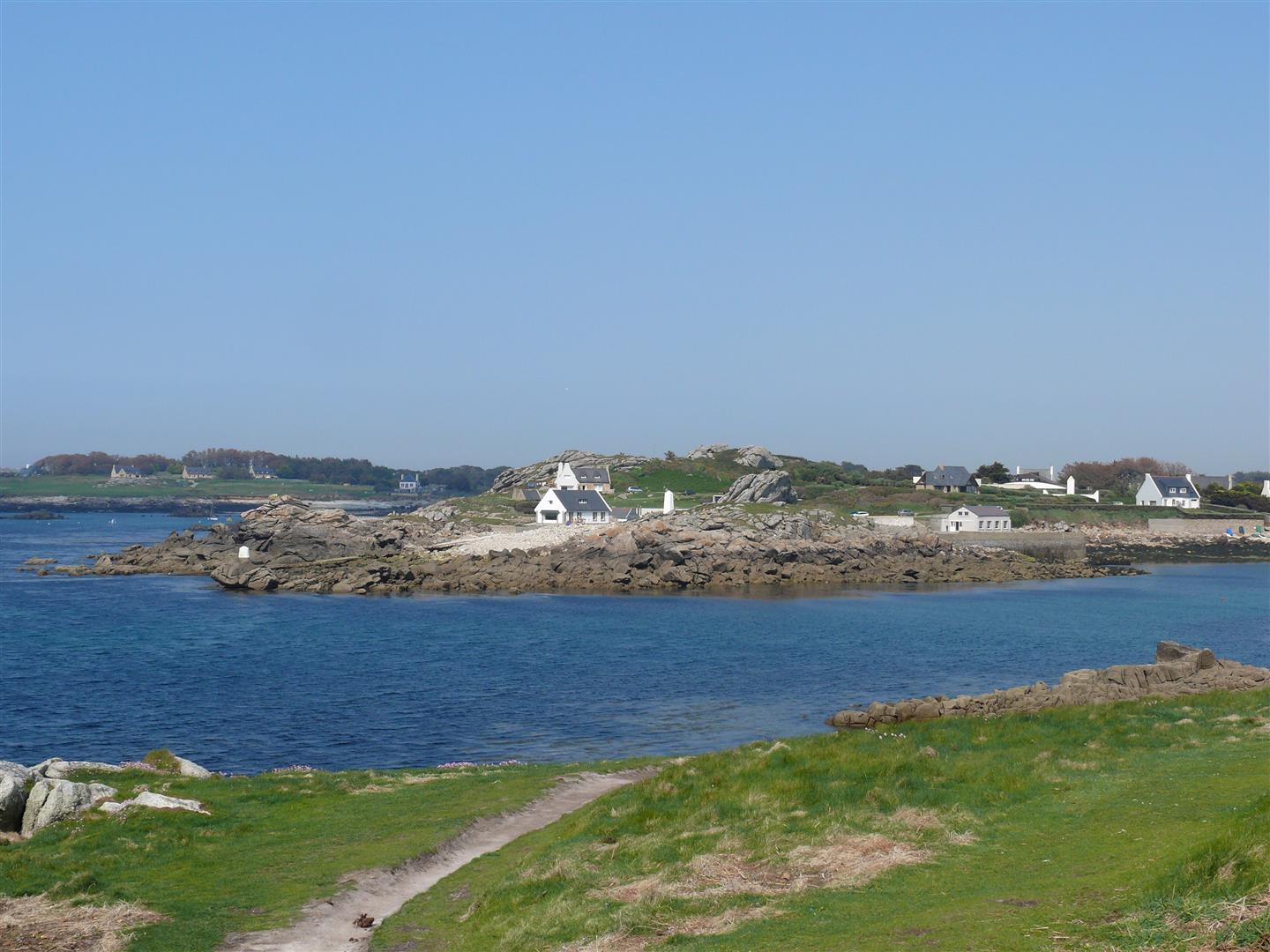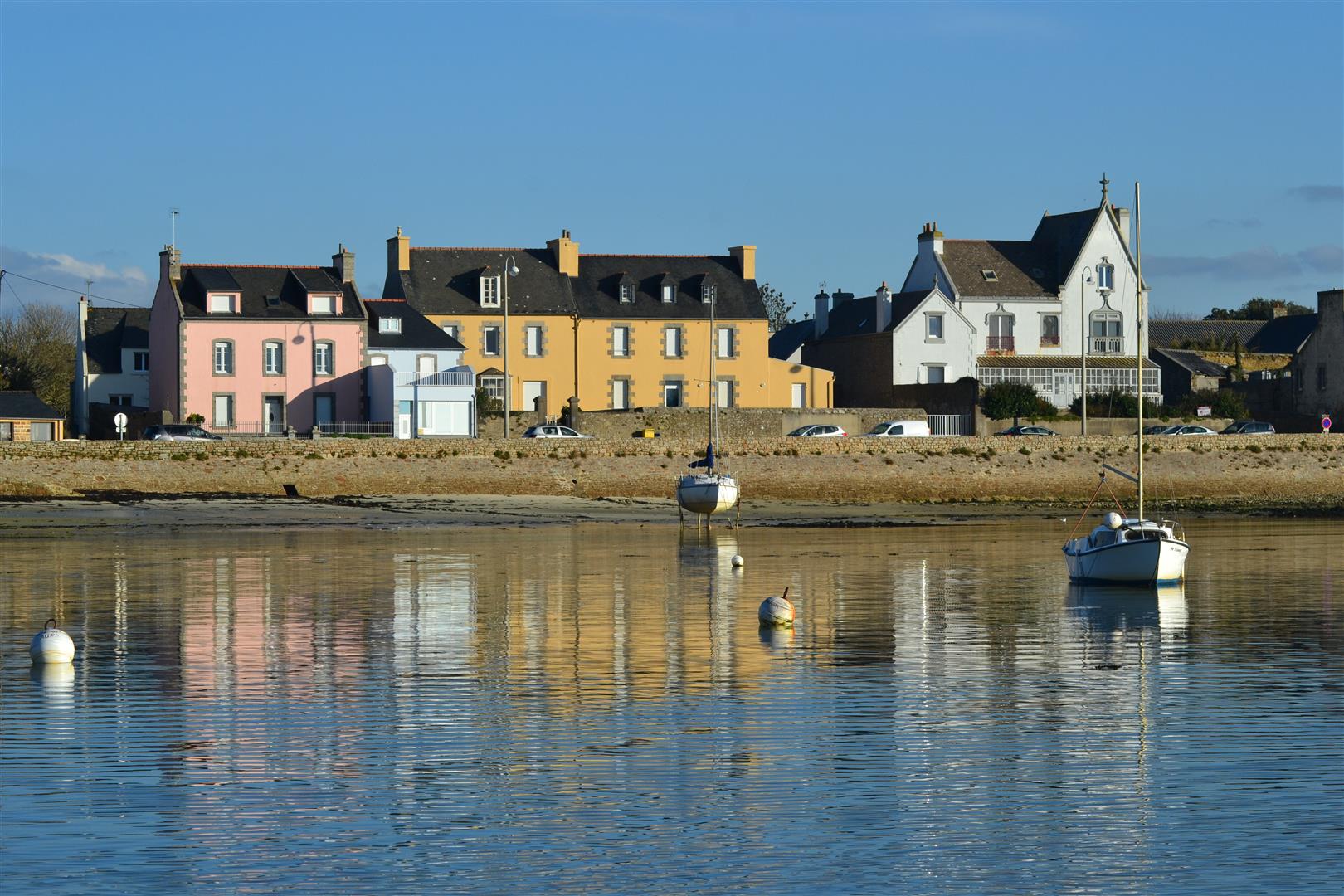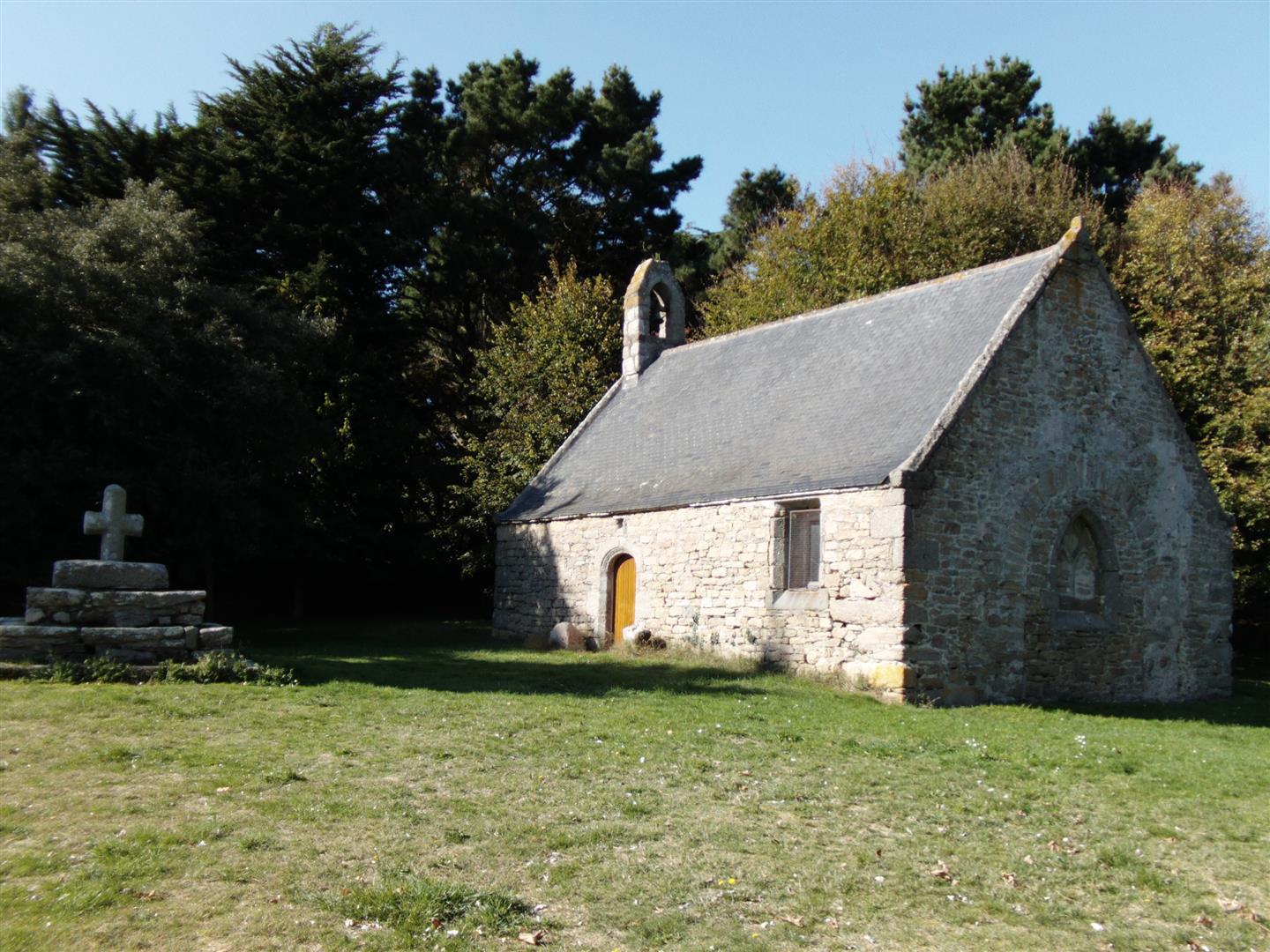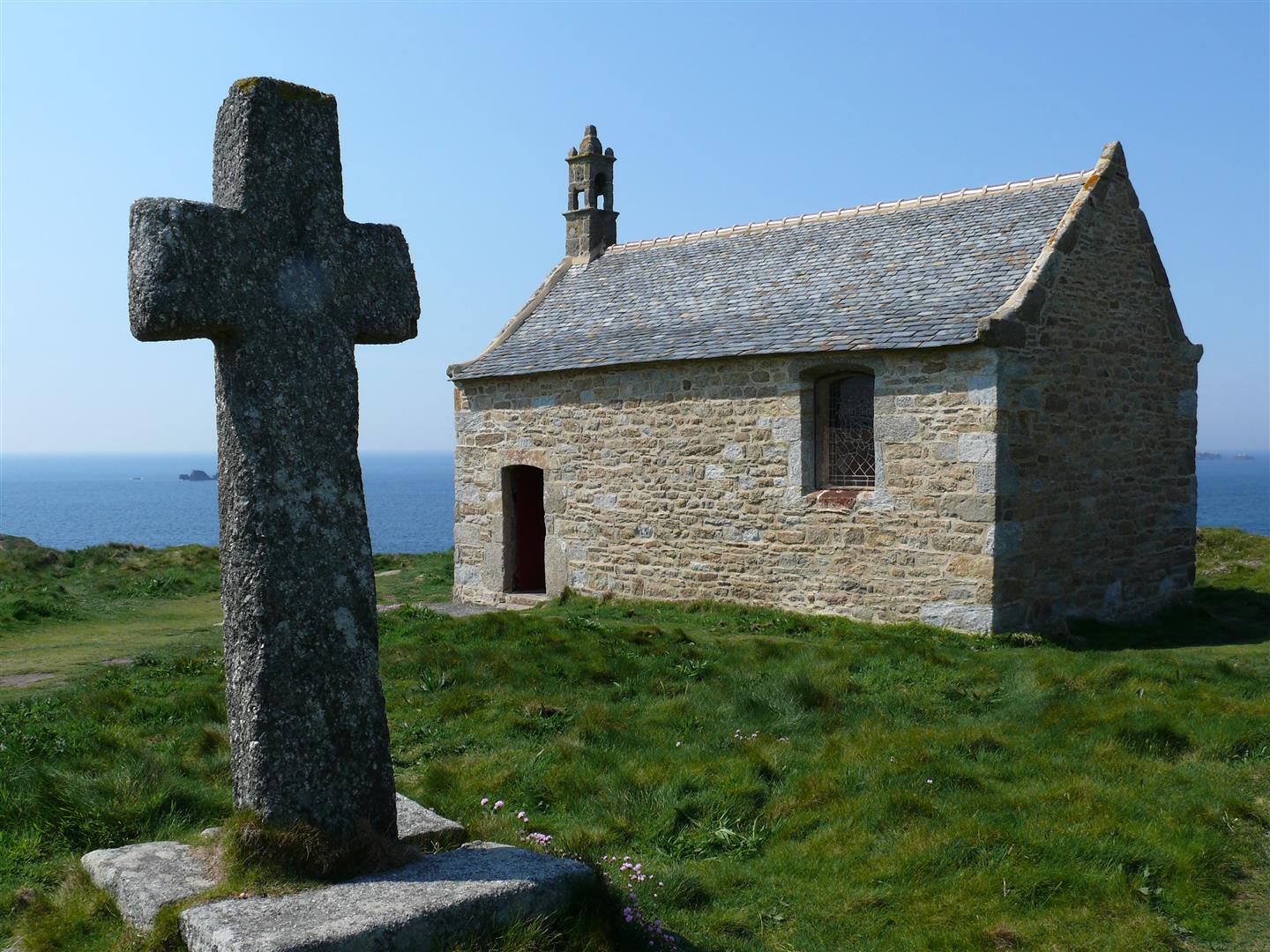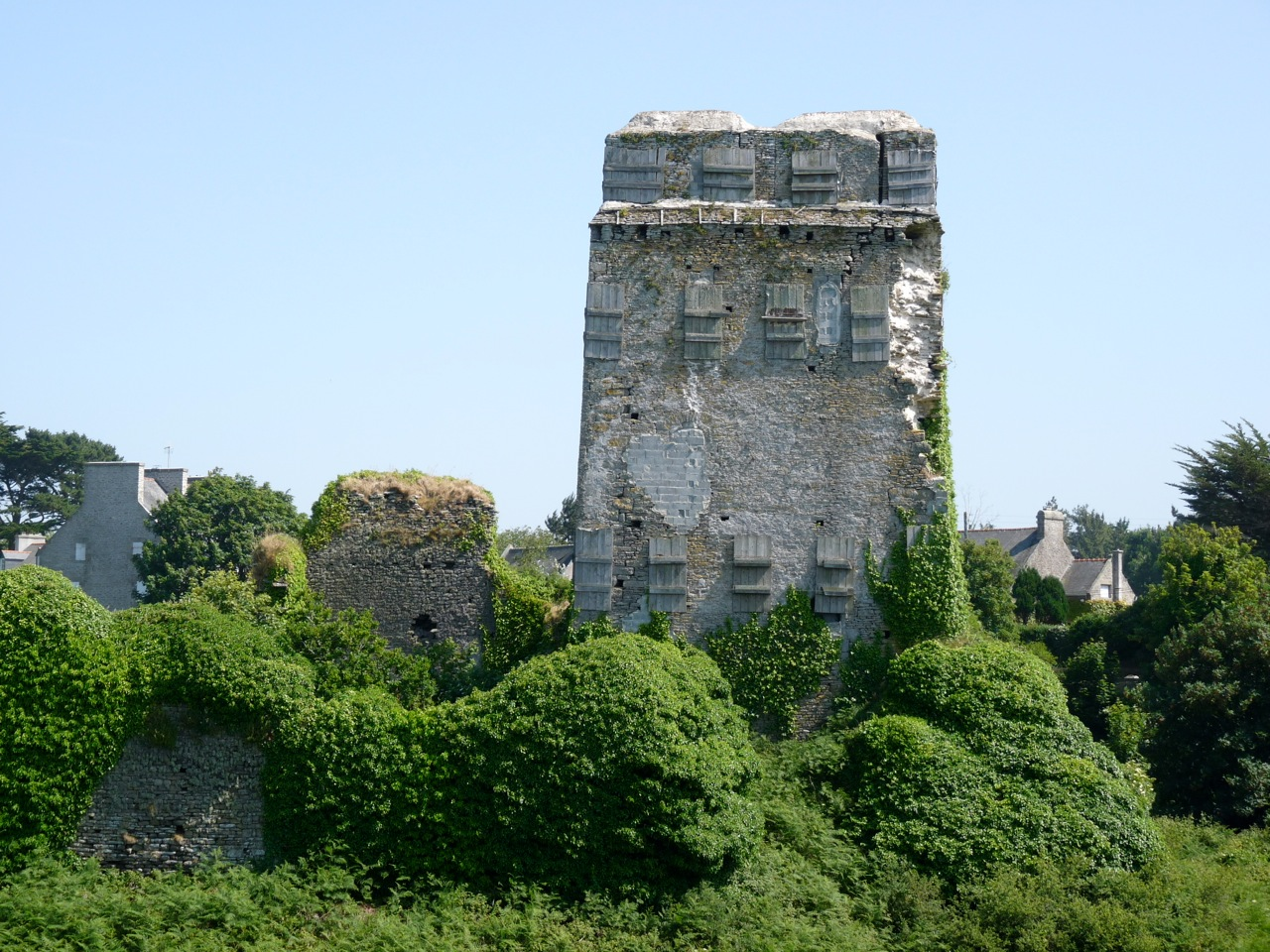Ar Mor cycle route - Porspoder / Landunvez / Portsall
- Cyclotourist
- 23 Km
- 2h
- Easy
- Walks
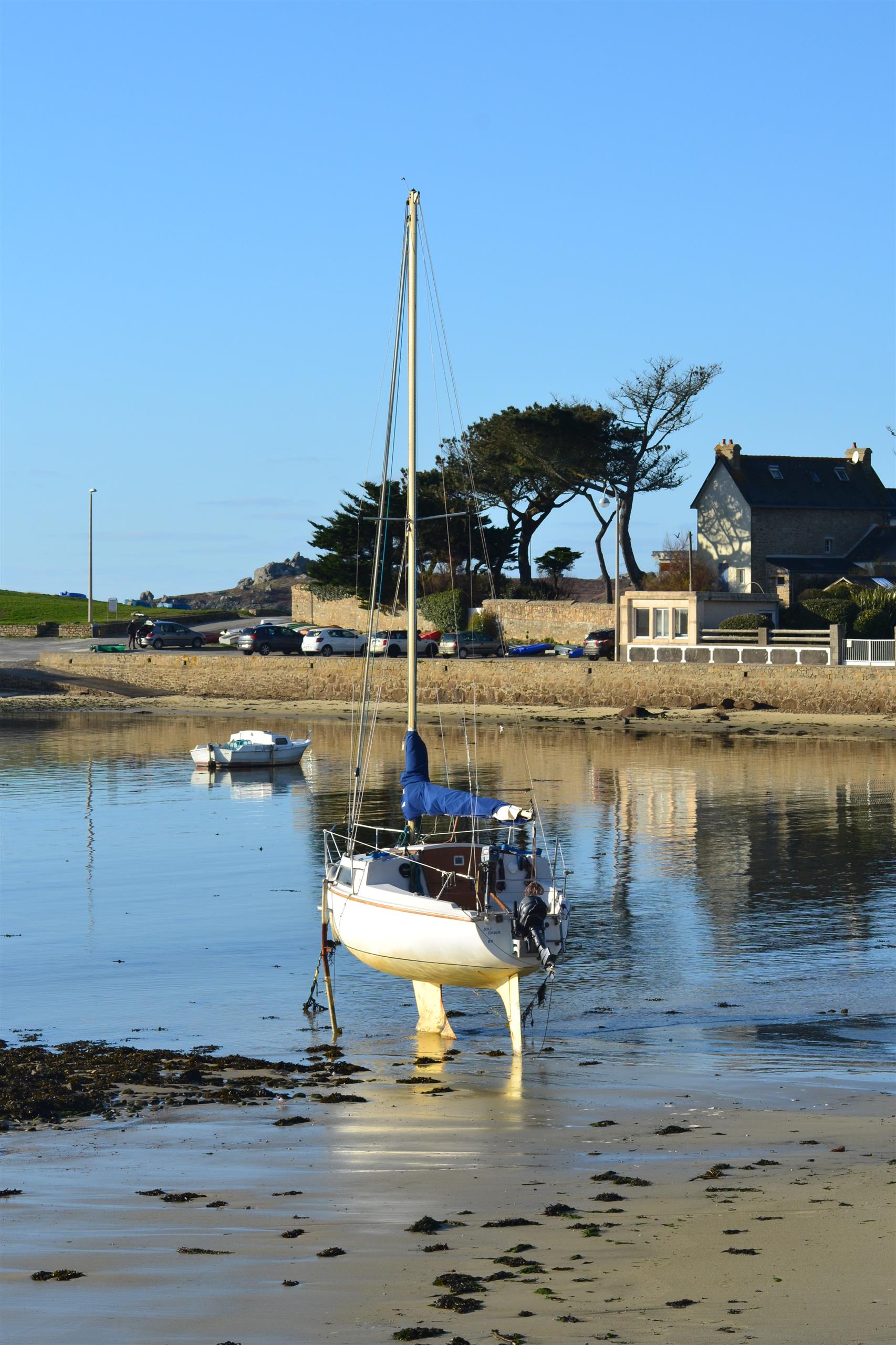
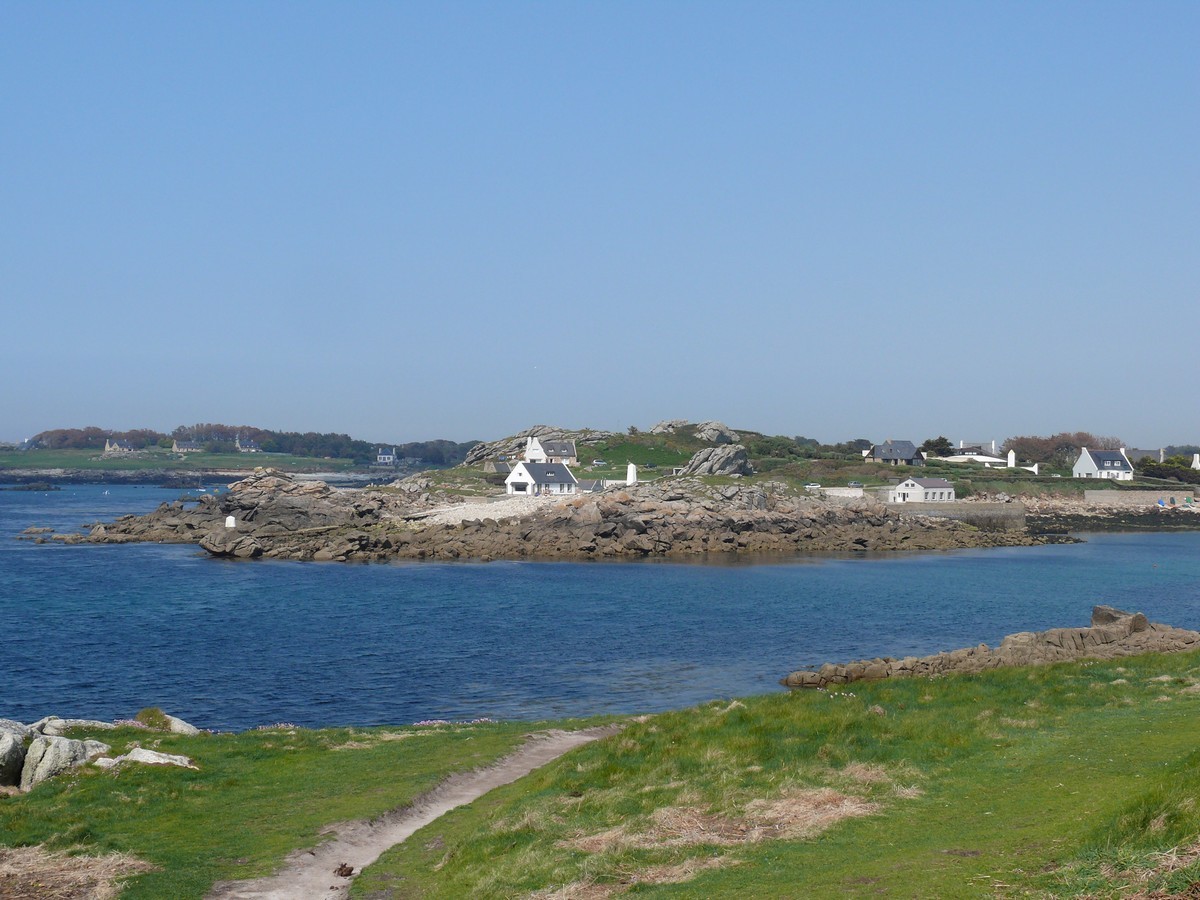
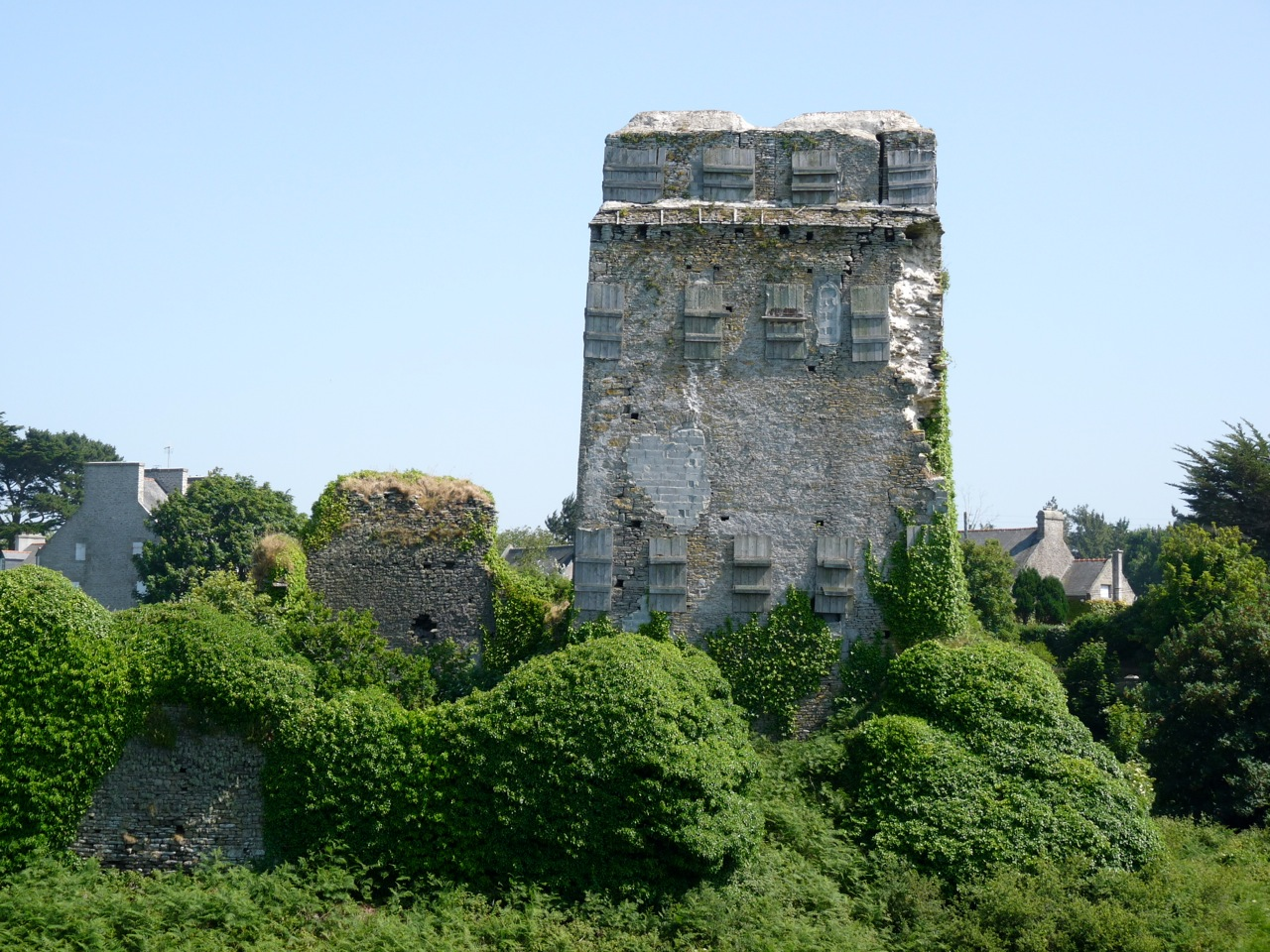

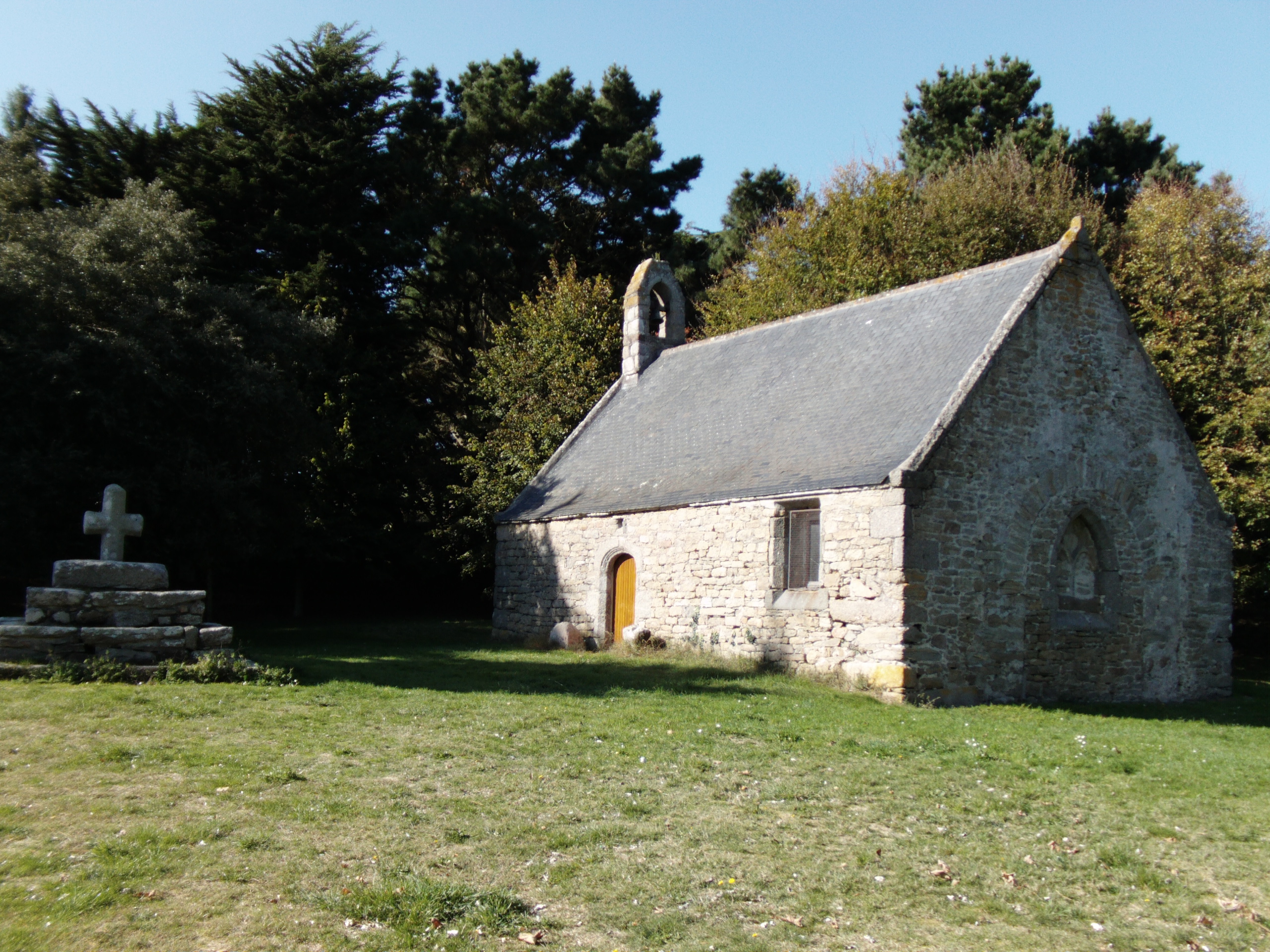
About us
Cycling is a great way to get around Iroise. It's an original way to discover sites that have marked the history of our Pays d'Iroise! Listen to your desires and set off on an adventure on the signposted circuits that will take you through many of our region's communes.
4 bike circuits guide you through the countryside or along the Pays d'Iroise coast (An Envor circuit, Ar Mor circuit, An Avel circuit, Al Lenn circuit).
Along the way, take the time to put your foot down and read the heritage interpretation panels.
The "Ar Mor" cycle route is signposted in both directions.
At special intersections, the "Ar Mor" cycle route signs have a blue dot.
A few rules of safety and good conduct:
- Before setting off, check the condition of your bike and take along a repair kit
- Respect the highway code: ride in single file, wear a mask: it is compulsory for children under 12 (CSIR of 02/10/15).
- Always take a snack and a drink with you
- Respect private property
- Don't litter, respect nature by using the garbage cans
- Please note: bicycles are not allowed on the coastal path.
See the bottom of the page for all the activities and restaurants in the area.

